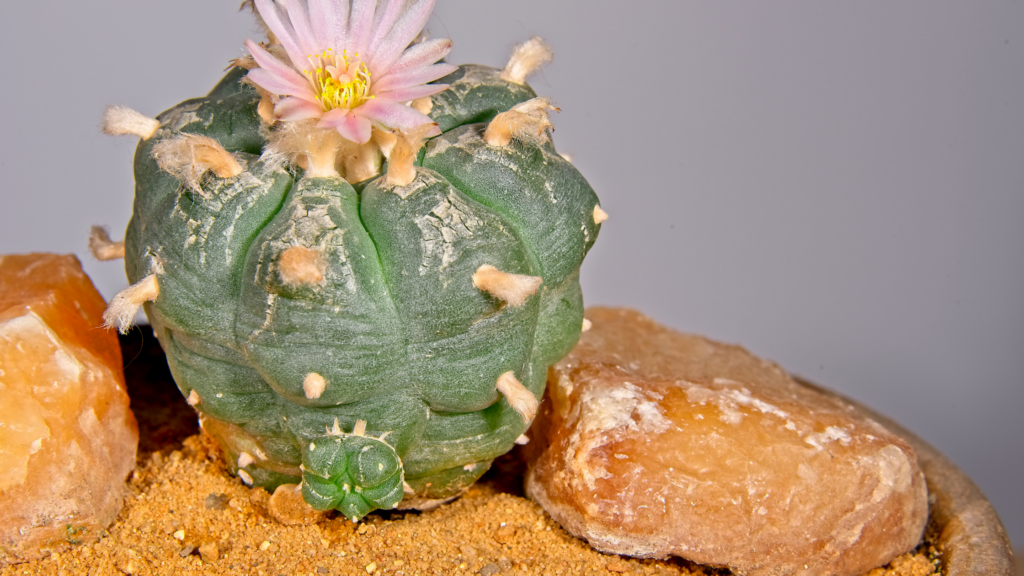Native Americans have been using hallucinogenic substances like peyote for thousands of years in rites of passage, traditions and ceremonies. These ancient healing practices were observed by European settlers who colonized the New World and became more prevalent over time, leading to a second wave of psychedelic use in the 1960s.
This second wave was led by writer and counterculture icon Ken Kesey and his Merry Pranksters, as well as Timothy Leary, Ph.D., and Richard Alpert, Ph.D., who later went by Ram Dass, both of whom were clinical psychologist affiliated with Harvard University. These prominent thinkers were joined by the so-called beatnik generation of creative and artistic souls who turned on, tuned in and dropped out.
Unfortunately, this movement was fraught with excessive tendencies that attracted notorious serial killer Charles Manson and his followers among others. It later triggered the U.S. federal government’s war on drugs, which criminalized LSD alongside cocaine, heroin, crystal meth and marijuana and stigmatized the perception of psychedelics. It also put an end to research into the hallucinogenic impact on creative problem solving and artistic utility, which moved underground. Ironically, the U.S. government started to examine the use of these substances as a way to create super soldiers who had enhanced abilities.
Read also: Microdosing acceptance starts with erasing a stigma
A third-wave movement emerged in the 1990s around the notion of microdosing, which is the controlled use of roughly one-tenth the normal dose of a given psychedelic drug. The effects are subperceptual. They do not incapacitate or intoxicate and, in fact, help alleviate stress, energize people and spark creativity by opening up neural pathways. Natural substances like psilocybin, Lion’s Mane and Ibogaine provide a holistic sense of wellbeing.
Recently, I became a Third Wave certified coach and enjoy educating people about the healing properties of microdosing.

Right on my man!